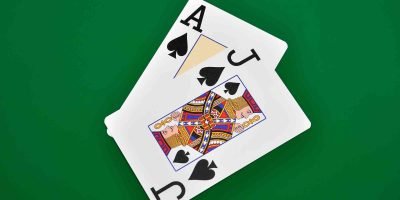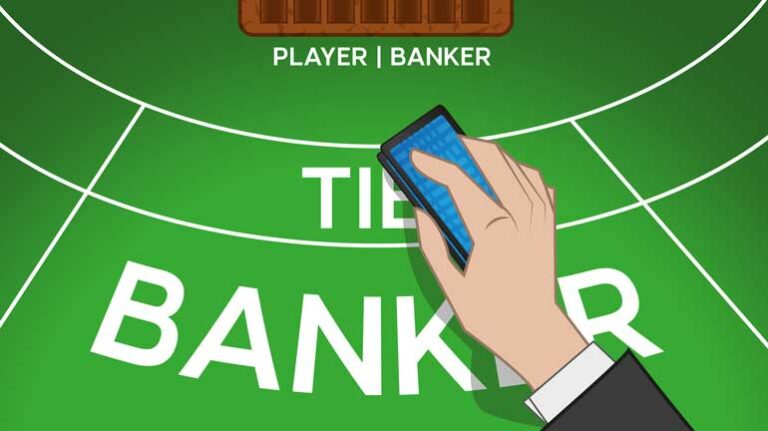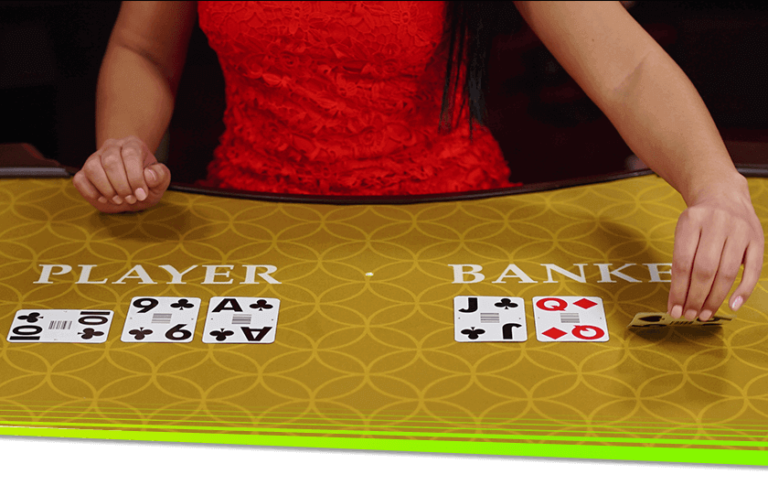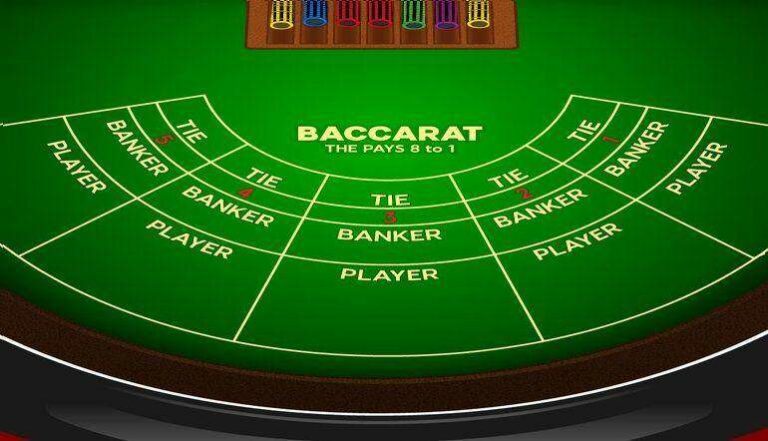The casino game of Blackjack is extremely popular, especially in the US. Yet, many casino-goers are not aware of the history of blackjack or even where the name actually originated from. Blackjack is a huge part of the history of gambling as a whole. The game traveled across the world, from France to Spain and to the United States.
Here are some interesting blackjack information with an insight into the history and evolution of this much-loved casino game.
Why the Game is Called Blackjack
It is an interesting study as to how the so-called game, Twenty One, gradually came to be known as Blackjack. So, the United States had some anti-gambling policies in place, which were wavered in the early 1800s. Once that happened, Nevada legalized gambling and a game was introduced in the American casinos. However, the patrons were somewhat reluctant to play the game, to counter this, the casinos came up with some strategies to help the game become popular.
One of the strategies devised was to give bonuses and payouts to the winners as a means of attracting more players to the table. Out of these payouts, there was a ‘blackjack bonus’ that had a 20:1 payout, implying that the stake of the player became ten folds if he won by getting an ace of spades and any blackjack. The blackjacks were the jack of spades and the jack of clubs.
These strategies and particularly the blackjack bonus made the game popular to the extent that the tables started to being referred to as blackjack tables. Eventually, long after the 10:1 bonus has been stopped, the game of ‘Twenty-One’ became Blackjack. And it continues till date though the rules have changed a bit.

Where Did Blackjack Come From
Many of us have a question as to when was blackjack invented? Well, the origins of blackjack can be traced back to its French precursor, “Vingt-et-Un”. The English version of which came to be known as the “Twenty One”. The very first record of the game occurs in 1768 in France and in the 1770s in Britain but it is in the 1800s that the rules started appearing. “Twenty One” appeared in the United States in the early 1800s where it was known as Vingt-Un. The rules of this game were a reprint of the 1800 English rules. The English Vingt-Un later developed into blackjack but that was not before 1899.
There are different opinions and at times, myths associated with the blackjack origin. For instance, some studies show that Twenty One was introduced in the United States in the early 1800s while others suggest that it came during the First World War. However, it is true that around the 1930s, casino operators, in order to attract more players on the table, introduced a 10:1 bonus payout for players whose hands consisted of the ace of spades and blackjack, which could either be the jack of clubs or the jack of spades.
While the game, as blackjack and with different names, has been played since long, it was in 1956 that the first scientific and mathematically sound attempt to devise the optimal blackjack playing strategy was revealed. A paper titled The Optimum Strategy in Blackjack was published in the American Statistical Association jointly by Roger Baldwin, Wilbert Cantey, Herbert Maisel and James McDermott. This was the paper that became the foundation of strategies used to improve the odds of winning the game of blackjack. And it was Baldwin’s hand calculations that was verified and published later in the famous book, ‘Beat the Dealer’ by Edward Thorp.
How Card-Counting was Made
Any discussion about blackjack background and origin remains incomplete without mentioning card counting. In blackjack, counting cards is an established technique to increase your player’s edge against the house. It is interesting to learn that Jess Marcum was the very first person who got the idea of card counting while looking for ways of getting an edge in the game.
In 1949, it was Marcum who created the counting method, which is considered to be the full-fledged points counting system. In 1949, Marcum accompanied his friend to Las Vegas over a weekend. It was in a casino there that he closely observed the game. Back then, blackjack was played with a single deck. This made Marcum realize that if the count of cards were kept track of, it would be possible to beat the game.
Later, in 1957, Roger Baldwin, Wilbert Cantey, Herbert Maisel, and James McDermott published the first accurate book on card counting strategies, named, ‘Playing Blackjack to Win’. But finally, it was Edward Thorp’s book, ‘Beat the Dealer’ that introduced the mathematically correct card counting systems used to beat the house edge in blackjack.
Edward Thorp invented the Top-Ten Count System that was easy to learn while playing blackjack. The book was extremely popular among blackjack players and in 1963, became a New York Times bestseller.
So, that sums up the history and origin of blackjack even though conflicting theories continue to define this game.




















